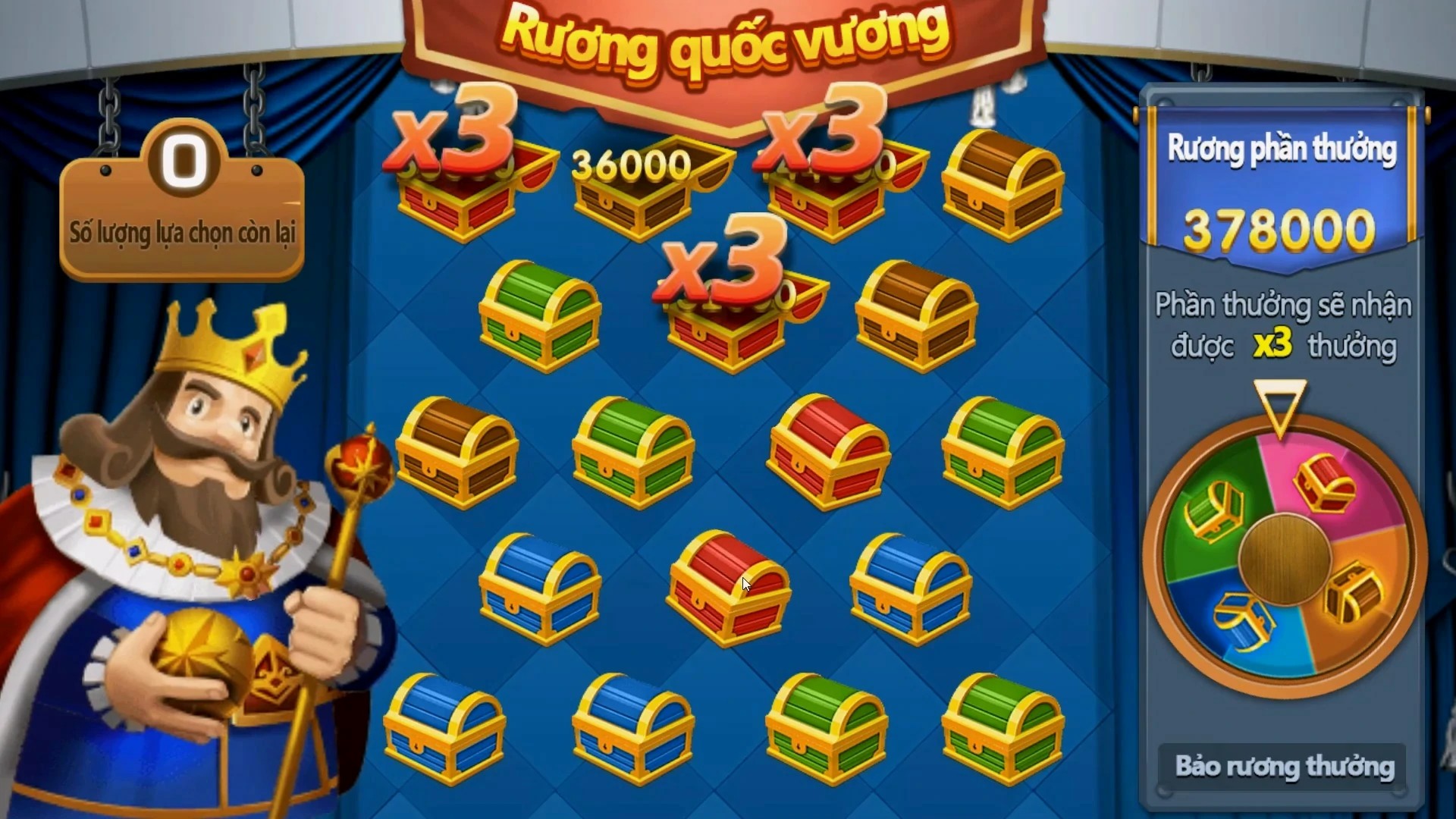Why Sandbox Games are the Ultimate Inspiration for Real-Time Strategy Games
When you think of sandbox games, what comes to mind? Freedom, creativity, and limitless possibilities. These titles, such as "Minecraft" and "Terraria," do more than just entertain; they inspire game design across genres, especially in real-time strategy (RTS) games. In this article, we’ll explore how sandbox games serve as a wellspring of inspiration for RTS games and delve into the fascinating intersection of these genres.
The Essence of Sandbox Games
Sandbox games allow players to explore and create in an open world without many restrictions. This freedom can spark creativity not just in players but also in game developers looking to innovate. The ability to build, destroy, and create something unique is what sets sandbox games apart.
Real-Time Strategy Games: A Brief Overview
Real-time strategy games focus on resource management and tactical decision-making in real-time. Unlike turn-based games, the RTS genre emphasizes quick thinking and speedy execution. Classics like "StarCraft" and "Age of Empires" have paved the way for modern adaptations that incorporate elements from sandbox genres.
Key Elements of Inspiration
- Creative Building Mechanics: Sandbox games often allow players to manipulate the environment. This mechanic can lead to greater strategic depth in RTS games.
- Diverse Gameplay Options: Sandbox environments encourage various approaches to problems, a concept that RTS games can borrow to enhance player choice.
- Player-Driven Stories: The narratives that emerge naturally in sandbox games inspired by player actions can be integrated into RTS games for deeper engagement.
Comparative Analysis: Sandbox vs. RTS
| Feature | Sandbox Games | RTS Games |
|---|---|---|
| Player Freedom | High | Moderate |
| Resource Management | Optional | Essential |
| Storyline | Player-Driven | Scripted |
| Environment Interaction | Extensive | Limited |
Sandbox Mechanics that Enhance RTS
Integrating sandbox mechanics can transform traditional RTS gameplay. For instance:
- Resource gathering influenced by sandbox exploration can create dynamic gameplay.
- Environment destruction and modification open for unique tactics.
- Custom units and structures align with player creativity, enriching the RTS experience.
Incorporating Best Story Elements
Many of the best games in the industry today are renowned for their captivating narratives. Games like "The Last Pod Racer: Star Wars" emphasize storytelling that is best exemplified through sandbox environments. RTS can adopt similar storytelling approaches by allowing player-driven narratives born from sandbox-like exploration.
The Role of Community in Game Design
The community surrounding sandbox games plays a pivotal role in shaping future titles. Modifications, user-generated content, and player suggestions often directly influence game development. RTS games can greatly benefit from this model, emphasizing community input to create more engaging experiences.
Case Studies: Successful Integrations
Several RTS titles have successfully incorporated distinct features from the sandbox genre:
- **"Factorio"**: A game centered around resource management, creative building, and automation.
- **"StarCraft II"**: The introduction of modding tools allowed players to create custom maps, adding an element of sandbox innovation.
- **"Stronghold"**: Combines castle building with RTS mechanics, emphasizing the importance of player creativity.
Future Trends: The Evolution of Genre Blending
As developers seek to create immersive experiences, the blending of sandbox elements within the RTS genre is expected to grow. Players crave games that allow them to express creativity while also maintaining the tactical depth of traditional RTS games.
Conclusion
Sandbox games serve as more than a genre; they represent a profound influence on real-time strategy titles. By integrating sandbox mechanics, RTS developers can craft richer narratives, enhance player engagement, and encourage creativity. Ultimately, the evolution of both genres will rely on innovative design principles that honor their roots while also looking boldly toward the future.



